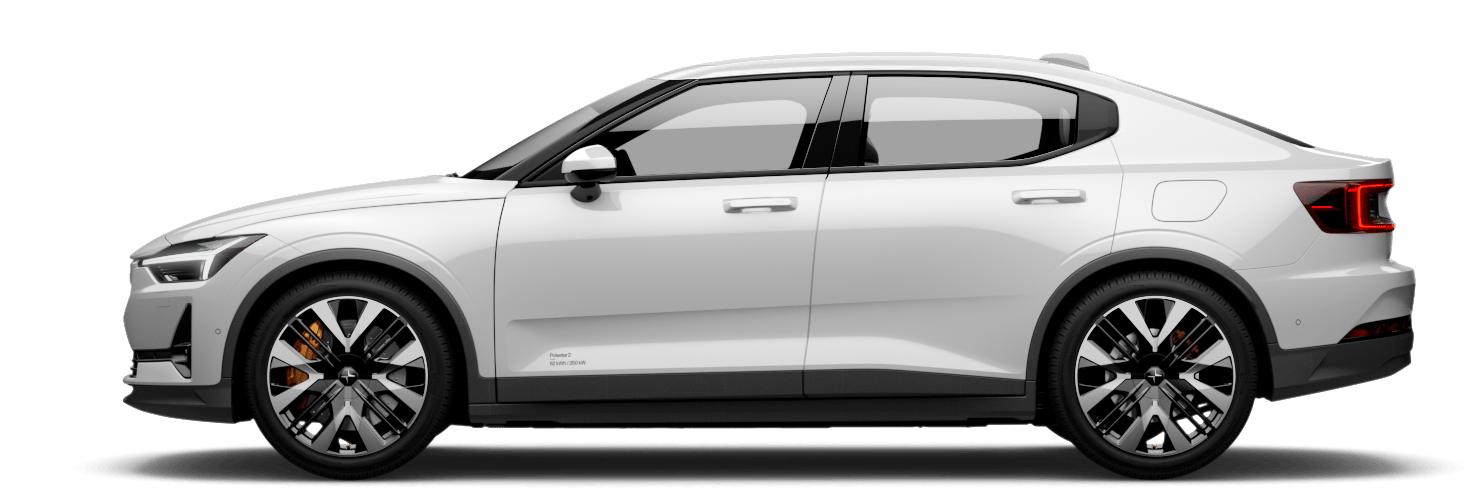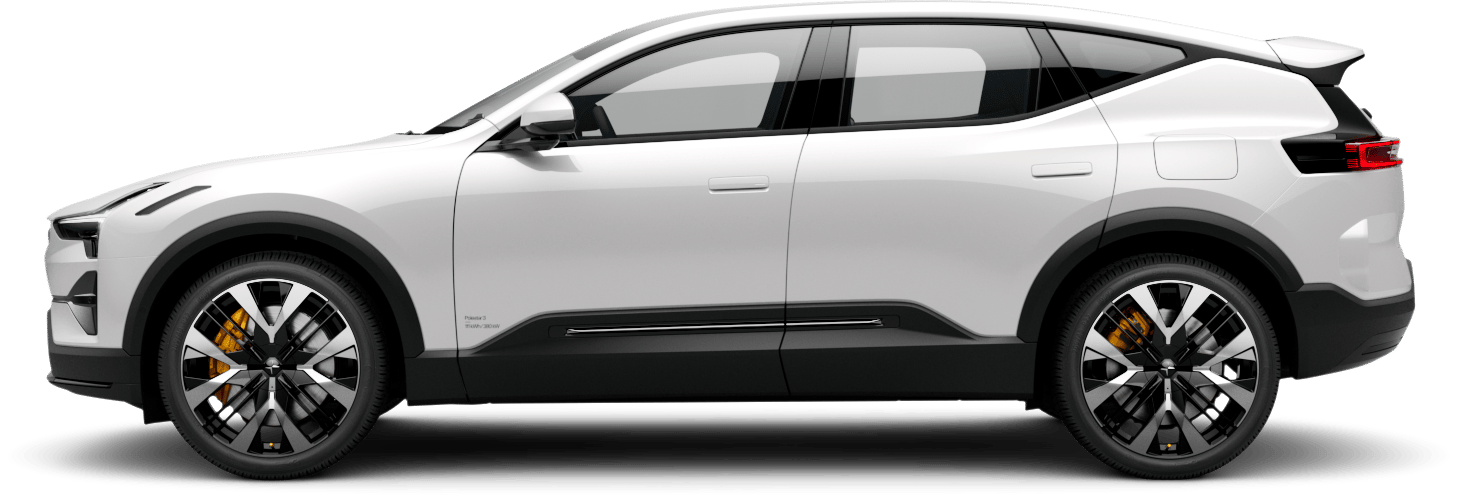Charging electric vehicles via wall outlet
Note
Charging cable (mode 2)
When charging via a wall socket, a charging cable with a control unit is used, which can restrict the current (mode 2).
Note
Important
Warning
Warning
Warning
- The charging cable must be grounded when in use. It is equipped with a cord with a grounding conductor and a grounding plug. The plug must be inserted into an appropriate outlet that is properly installed and grounded in accordance with all local codes and ordinances and is not damaged in any way.
- Children should be supervised when in the vicinity of the charging cable when it is plugged in.
- High voltage is present in your electric meter housing and power distribution service panel. Contact with high voltage can cause death or serious personal injury.
- Do not use the charging cable if it is damaged in any way.A damaged or malfunctioning charging cable may only be repaired by an authorized workshop. Contact Polestar Customer Support for more information.
- Always position the charging cable so that it will not be driven over, stepped on, tripped over or otherwise damaged, or cause personal injury.
- Disconnect the charger from the wall outlet before cleaning it.
- Never connect the charging cable to an extension cord or a multiple plug socket.
- If you need to use an adapter when charging your car, only use an adapter approved by Polestar.
- Do not use an external timer between the charging cable and electrical outlet.
Also, refer to the manufacturer's instructions for using the charging cable and its components.
Important
Avoid exposing the charging module and its plug to direct sunlight. In such cases, the overheating protection in the plug could reduce or cut off charging of the high-voltage battery.
Important
Starting charging
Plug the charging cable into a 120/240 V outlet. Open the charger door. Note that the ignition must be switched off completely before charging. Remove the charging handle's protective cover and push the handle all the way into the vehicle's charging socket.
The charging cable handle will lock into place and charging will begin within 5 seconds.
Note
Important
Warning
- The electric vehicle must only be charged at maximum permitted charging current or lower in accordance with applicable local and national recommendations for charging from wall outlets/plugs.
- The electric vehicle may only be charged from approved grounded wall outlets.
- Avoid visibly worn or damaged electrical outlets since they may lead to fire damage and/or personal injury if used.
Important
Stopping charging
Stop charging via the button in the center display, press in the lock button in the charging cable's handle, the charging cable's locked handle will release/unlock. Unplug the charging cable from the vehicle's charging socket and then unplug the cable from the 120/240 V-outlet.
Note
Important
Important
- Never disconnect the charging cable from the wall outlet during charging - there is a risk of damaging the wall outlet.
- Always unlock the vehicle so that charging is stopped before the connection to the wall outlet is disconnected.
- Note that the charging cable must be disconnected from the vehicle's charging socket before it is disconnected from the wall outlet, partly to prevent damage to the system and party to prevent unintentional interruption of charging.
Fuse
Charging an electric vehicle via the wall outlet corresponds to a high load on the fuse.
Important
There are normally several 120/240 V power consumers in one fuse circuit, which means that more than one power consumer (e.g. lighting, vacuum cleaner, electric drill, etc.) may use the same fuse.
Important
Make sure that the 120/240 V outlet has a power capacity sufficient for charging electric vehicles. If you are uncertain of the capacity, have the outlet checked by a licensed electrician. If you are unsure of the power capacity of the outlet, set the lowest power capacity in the center display.





